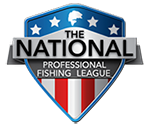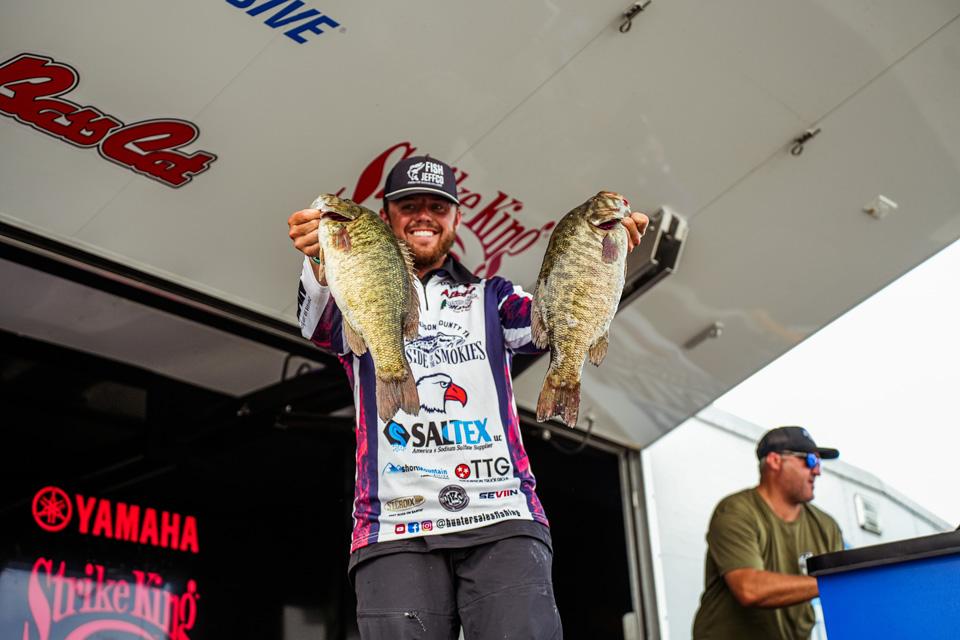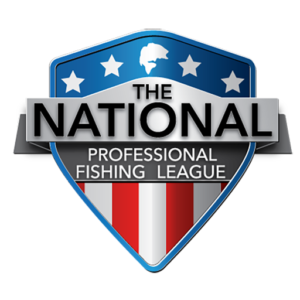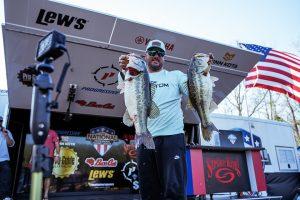Story by Hunter Sales | Photos by Tanner & Travis Lyons
Leaving the St. Lawrence River, I was as frustrated as I’ve ever been with my tournament decisions. I typically pride myself on consistency and finishing inside of the check range. Coming into this event, I had only missed two checks during the last two seasons with the NPFL. This can be a great way to finish high in the point standings and dollars earned but isn’t always the best way to make yourself a household name. The reality is that the fishing industry rewards winners. In 2025, I’ve tried to take a few more risks that could set myself up to win events. The lesson to learn for me is when to take these risks, and when to fish for consistency. I gambled and lost at the St. Lawrence River. Let’s dive into what went down!
I spent my first day of practice in the Morristown area of the river fishing deep drifts. I had a decent day—around 22 pounds—but never saw a fish over 5 pounds. On the second day of practice, I returned to the Morristown area to fish shallow. Once again, I saw and caught a handful of low 4-pound class fish, but nothing of winning quality. I took the boat out and re-launched in Clayton. It was immediately obvious that the fish in this part of the river were closer to the spawn than the fish upriver. The water temperature was still in the high 60s and I was seeing bigger females cruising the flats. I caught a few fish over the 5-pound mark on a ChatterBait and knew that I had to spend my third day of practice in this area if I wanted to have a chance to win.
The third day of practice was the only day the wind laid down enough for me to feel comfortable looking for fish on bed. This was my first trip targeting spawners on the St. Lawrence River, so I needed good conditions to identify the right depth range and areas where they would spawn heavily. The morning was slow for me, but by the afternoon I had found a pattern that I was extremely excited about. I had found two different groups of spawning fish on deep flats and—without catching them—felt like I had 20 or so fish found in the 4-6 pound class. I had only stuck one fish—a 6.40 smallmouth—that went straight back to her bed.
I started the event by running around two hours to these spawning flats targeting beds on isolated boulders using my Humminbird 360 imaging and the new Z-Man Fuzzy NuggetZ that will be dropping at ICAST this week. I immediately started picking off fish from all of my waypoints. Sitting back 40-50 feet and throwing to the boulders on the 360 imaging was a surefire way to get each fish to bite on the first throw. I was a little disappointed to find that a large number of these fish were in the 3 1/2- to 3 3/4-pound class. I’ll chalk that up to a general lack of experience fishing for spawning smallmouth and judging their size wrong. However, I guessed some of their sizes correctly and soon, had 22 or so pounds in the boat. I knew that I had a good bag, but also that there was still room to upgrade as my smallest two fish were still under 4 pounds. I burned every bed fish that I had found in order to upgrade to what I weighed-in (23-07). There were only two fish that I was unable to catch—the 6.40 that I had caught in practice and one that I had labeled “Giant Not Ready” on my Humminbird unit. I was sitting in 10th place and still in good position to make a run at the tournament win.
On Day 2, I started on a ChatterBait stretch and quickly boxed up 18 pounds on a Z-Man MiniMax fishing around shallow rockpiles on sand flats. By lunch, I had five fish that were all between 3 1/2 and 4 pounds and I knew that I had to return to my spawning flats to try to upgrade. I was still unable to catch the 6.40 from practice, but I did catch a 4 1/2-pound fish that had not been there on previous days. I also hooked and lost “Giant Not Ready”. That one hurt as I estimated it was also over 6 pounds and would have culled to add two pounds to my limit. Still, I was able to weigh 19-06 and hang just outside of the top 20.
At this point, it was evident that—barring a miracle—my chances to win were out the window. I guessed that I needed 18 pounds to get paid and felt pretty confident that I could catch that on a ChatterBait rather quickly. However, I believed (and still do) that targeting these spawning fish gave me the best opportunity to catch a big bag and move inside the top 10. With that in mind, I ran back down to my spawning flat and started on the 6.40 from practice with just over five hours of fishing time. In the back of my mind, I believed that all I needed was an hour or so to catch 18 pounds on a ChatterBait, so I had plenty of time to work these two big ones since catching them would turn my 18 pounds into 22 1/2.
Fast forward a couple of hours, and I hadn’t caught either fish. Naively, I believed that I could eventually get these fish to bite, but time after time, they would nose my bait off the bed without committing. With a little over two hours of fishing time left, I had to make a decision, start throwing my ChatterBait and hope that 18 pounds was enough to get paid, or run new water looking for spawners. I made the decision to run new water looking for beds, and simply never came across an active spawning area. I threw a ChatterBait for 30 minutes, caught 10-6 and returned to weigh-in three minutes late.
It still seems unbelievable that this tournament was able to unravel so quickly, but that will happen when you’re making long runs, and you mismanage your time. I don’t regret the decision to fish for the biggest bag possible, but I do chalk up the time I wasted in the “lessons learned” side of the livewell. This was the closest I’ve been to a winning pattern in a spawning smallmouth event, and I certainly will feel more prepared and confident the next time I’m faced with these conditions.
Now, I won’t be answering any more questions about “what happened” or “why didn’t you just go fishing”! I gambled and lost. It’s in the rear-view mirror and we’re on to the next one sitting 17th in AOY and free to gamble big again at Logan Martin!
Lessons learned from St. Lawrence River
Hunter Sales – Angler Profile





